
Politics
16:38, 10-Nov-2017
Does China’s ‘shared future’ vision fit APEC’s goals?
CGTN
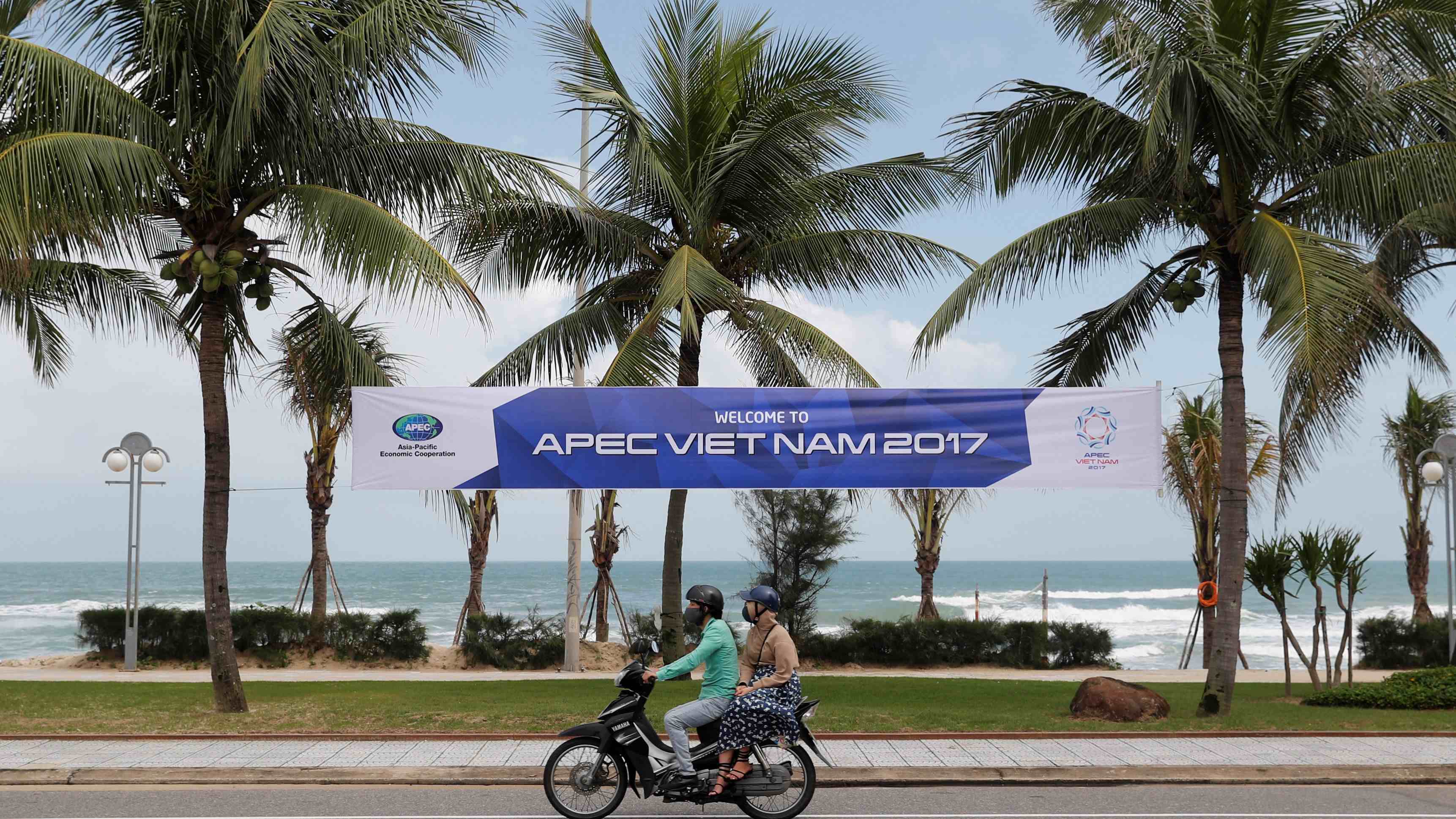
APEC 2017 host Vietnam has set the theme “Creating New Dynamism, Fostering a Shared Future” for this year’s meeting, a response to a changing world and the challenges of globalization.
Vietnam said the theme was “based on APEC’s common need of new momentum to promote integration and connectivity in the new context and maintain peace, stability, development and prosperity in the region.”
In the “new context” era – rising trade protectionism and isolationism, represented by the Brexit vote and US President Donald Trump’s “America First” policy – a fresh vision for a shared future is sought.
China’s solution to global challenges
Chinese President Xi Jinping first proposed the idea of a "community with a shared future" in 2013, and the notion has since been elaborated on and implemented.
In January 2017, Xi expounded on the all-win cooperation concept at the World Economic Forum in Davos and the UN office in Geneva, calling on all parties to uphold economic globalization.
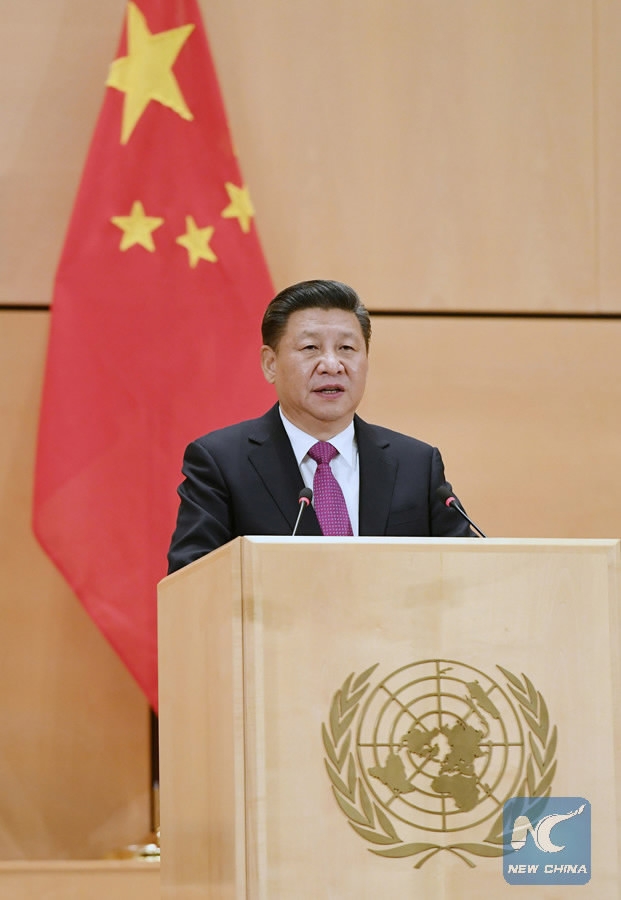
Chinese President Xi Jinping delivers a keynote speech at the United Nations Office in Geneva, Switzerland, Jan. 18, 2017. /Xinhua Photo
Chinese President Xi Jinping delivers a keynote speech at the United Nations Office in Geneva, Switzerland, Jan. 18, 2017. /Xinhua Photo
The Belt and Road Forum for International Cooperation held in May in Beijing and the BRICS Leaders Meeting in September in Xiamen demonstrated China's resolution to build a "community of shared future" by promoting international cooperation. Xi also presented his proposal to promote interconnected growth to build a global community at the 2017 G20 Summit in Hamburg.
By May 2017, China's overall investment in Belt and Road countries had surpassed 50 billion US dollars. Chinese companies had set up 56 economic and trade cooperation zones in over 20 countries, generating some 1.1 billion US dollars in tax revenue and 180,000 jobs.
In addition, facilities such as the Asian Infrastructure Investment Bank and the Silk Road Fund have created shared interests for regional economies.
Asia Pacific Economic Cooperation
Established in 1989, the APEC economic forum aims to create a free and open trade and investment region by reducing trade barriers, setting new mechanisms and streamlining customs procedures.
APEC’s role in facilitating regional integration has proven effective. For example, real regional GDP increased from 19 trillion US dollars in 1989 to 42 trillion US dollars in 2015. During the same period, the APEC region’s total trade increased by a factor of over seven times – outpacing the rest of the world. Two-thirds of this trade occurred between member economies, according to data released by APEC.
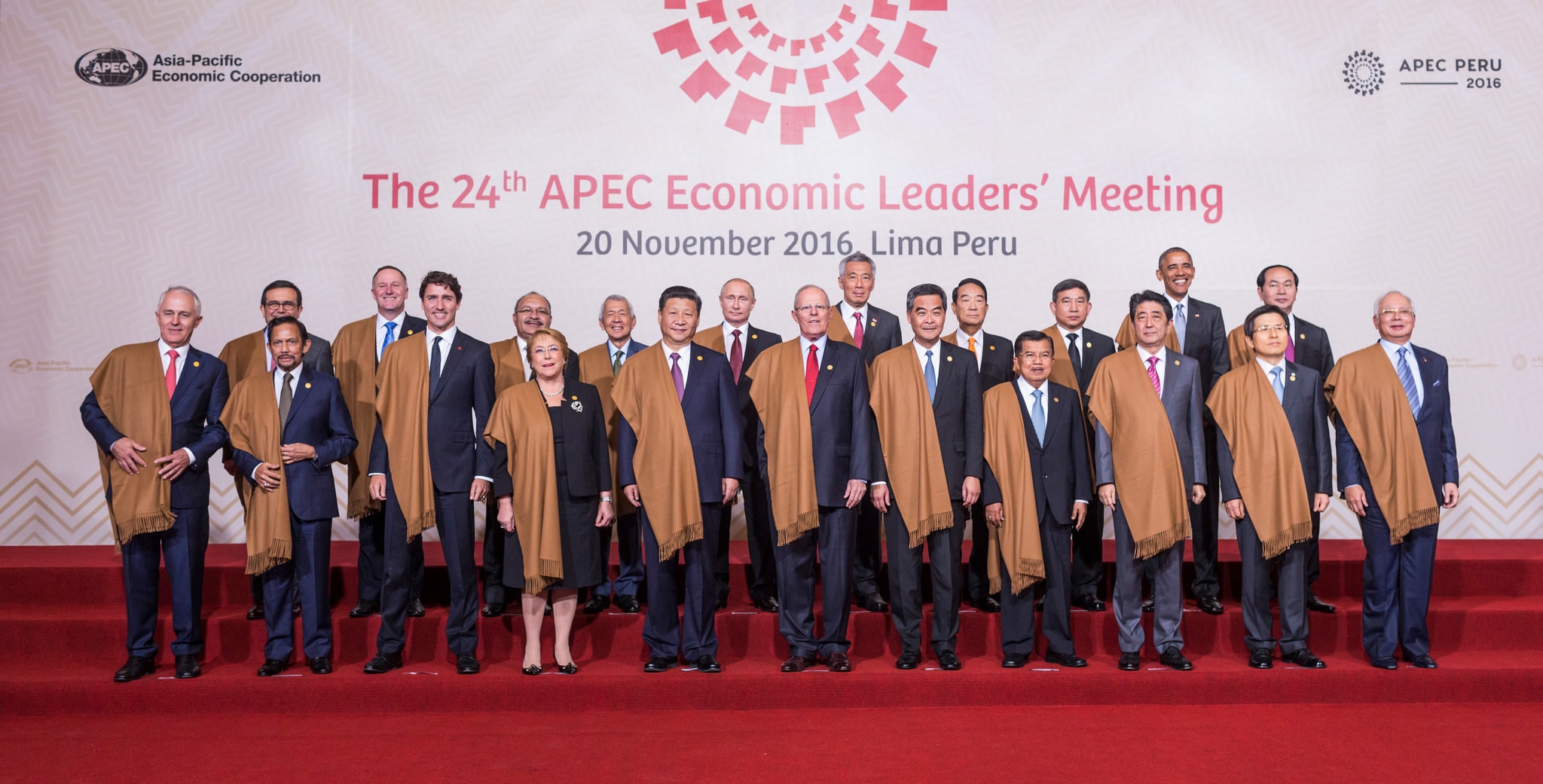
Leaders poses for a group photo with other participants of the 24th APEC Economic Leaders' Meeting in Lima, Peru, Nov. 20, 2016. /Xinhua Photo
Leaders poses for a group photo with other participants of the 24th APEC Economic Leaders' Meeting in Lima, Peru, Nov. 20, 2016. /Xinhua Photo
The Bogor goals, a development plan to achieve ultimate trade liberalization in the regional economy, have served as the inspiration for cooperation between APEC economies since the targets were set in 1994 (in the Indonesian city of Bogor).
A new vehicle to drive trade liberalization among all APEC members is now taking shape. Put forward in 2006, the Free Trade Area of the Asia-Pacific (FTAAP) took a substantial step toward eventual realization at the 2016 APEC meetings in Lima, when member economies approved a collective study on the proposed trade bloc. More concrete talks are awaited this year.
The FTAAP, if established, would become the world's largest free trade zone, covering 57 percent of the global economy and nearly half of world trade.
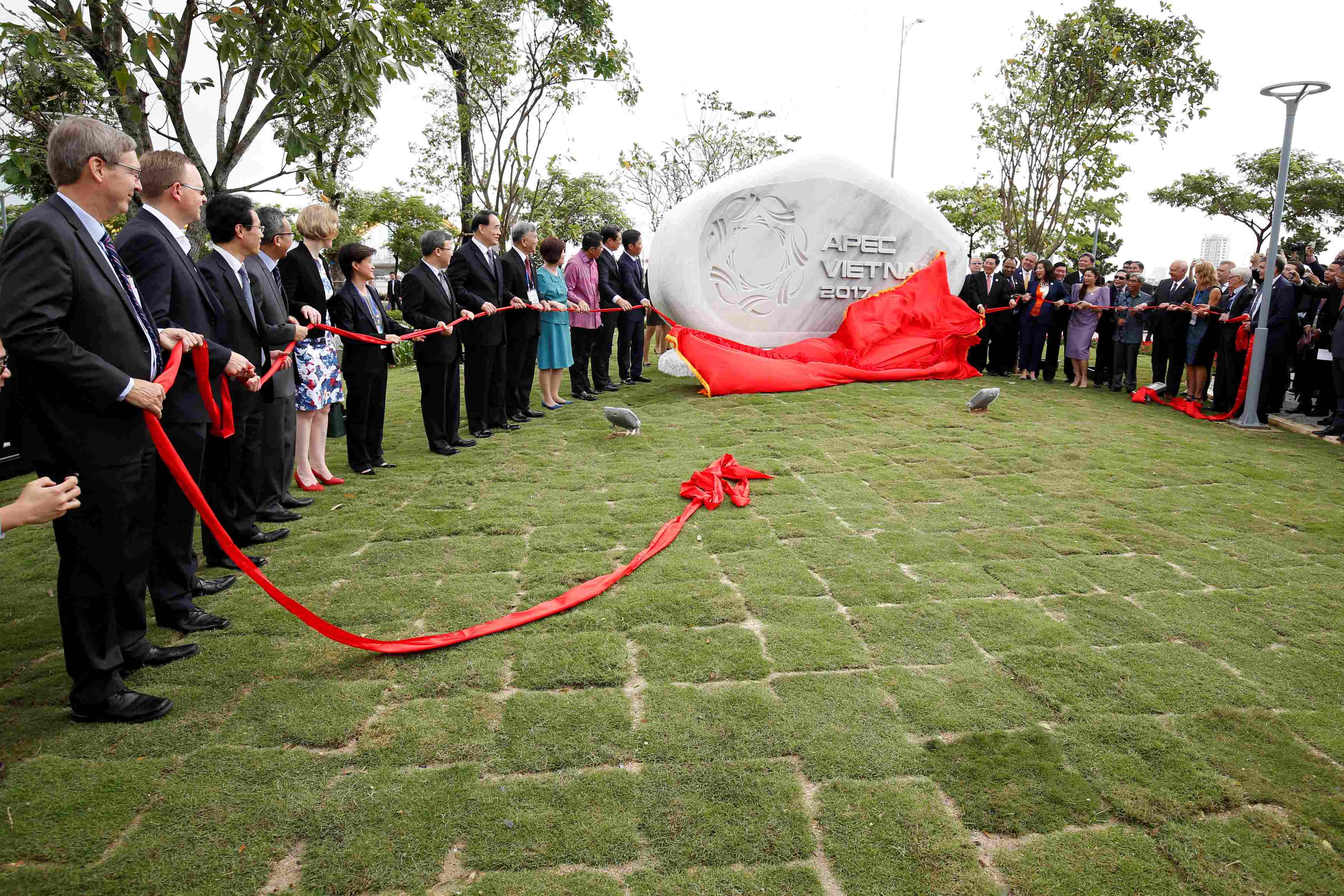
Delegates attend the inauguration of APEC Park in Da Nang, Vietnam November 9, 2017. /Reuters Photo
Delegates attend the inauguration of APEC Park in Da Nang, Vietnam November 9, 2017. /Reuters Photo
The APEC framework is already bringing the region closer together. Smoothing out differences in regulations has boosted trade which, in turn, has led to a dramatic increase in prosperity.
Are the aims compatible?
At APEC 2017 in Vietnam, member economies plan to further consolidate an Asia-Pacific partnership of sustainable and inclusive development by deepening cooperation.
Challenges often come alongside opportunities – on the one hand, to be more innovative and creative, and on the other hand, to bring solidarity to those who share the same vision.
One element of this year's theme of APEC is “creating new dynamism," meaning APEC economies will search for innovative and sustainable ways for development to face challenges in this digital-driven age.
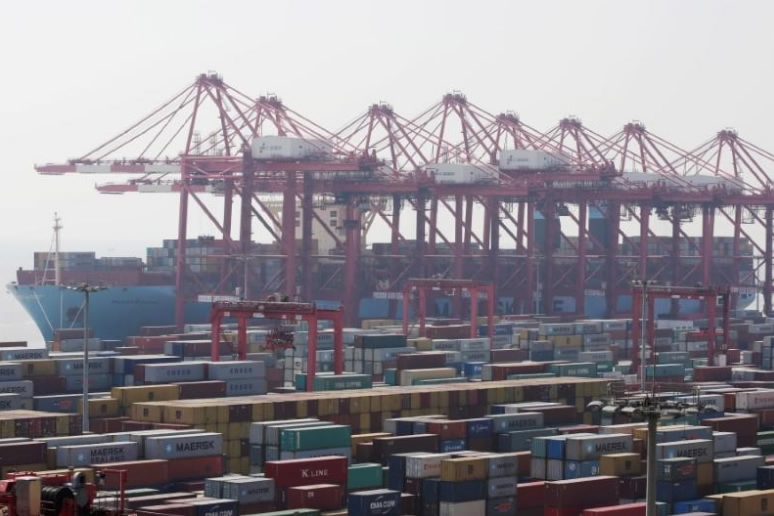
Maersk's Triple-E giant container ship Majestic Maersk, one of the world's largest container ships is seen at the Yangshan Deep Water Port, part of the Shanghai Free Trade Zone, in Shanghai, China September 24, 2016. /Reuters Photo
Maersk's Triple-E giant container ship Majestic Maersk, one of the world's largest container ships is seen at the Yangshan Deep Water Port, part of the Shanghai Free Trade Zone, in Shanghai, China September 24, 2016. /Reuters Photo
The other element of "fostering a shared future," shows the determination of APEC economies to work together to carry out the spirit of the APEC forum – open and free trade and investment – to achieve mutual benefits.
"No matter what level of development it may reach, China, with its root in the Asia-Pacific, will continue to contribute to its development and prosperity," Chinese President Xi Jinping said in his keynote speech at the 2016 APEC CEO Summit in Lima.
China’s proposal advocating common prosperity through openness, cooperation and sharing in global economic governance, while providing solutions to the difficulties faced in the world, is a blueprint that can work in harmony with the aims of APEC members to achieve development goals and expand mutually beneficial cooperation.

SITEMAP
Copyright © 2018 CGTN. Beijing ICP prepared NO.16065310-3
Copyright © 2018 CGTN. Beijing ICP prepared NO.16065310-3